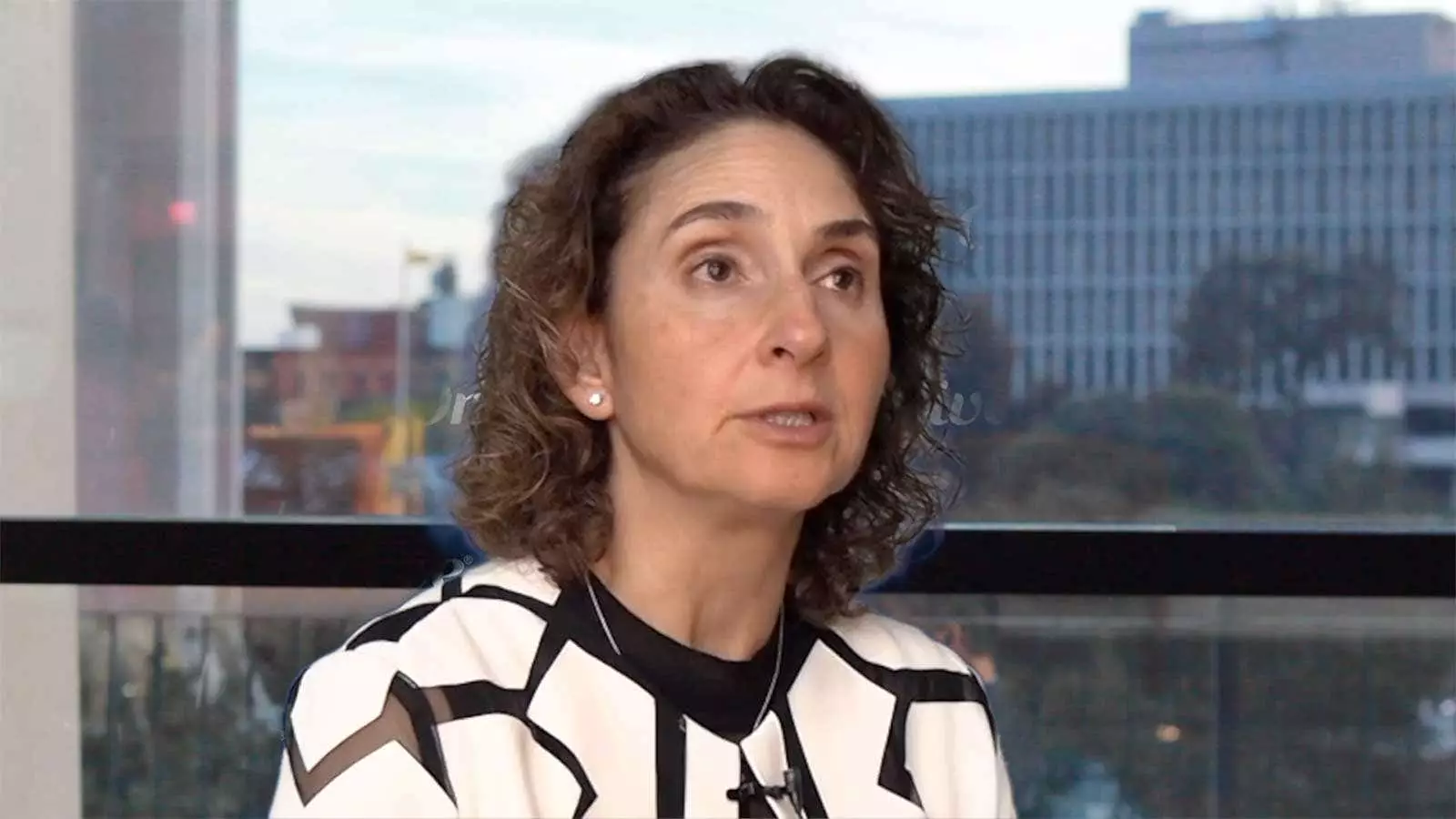Recent insights from the phase III EMERALD trial have sparked important discussions regarding treatment protocols in estrogen receptor-positive, HER2-negative metastatic breast cancer. Virginia Kaklamani, MD, DSc, who serves at UT Health Sciences Center in San Antonio and co-directs the San Antonio Breast Cancer Symposium, has shed light on crucial subgroup analyses focusing on the variant allele frequencies (VAF) tied to ESR1 and PIK3CA mutations. The study underscores a pivotal reassessment of how oncologists interpret these mutation frequencies when making therapeutic decisions.
The Complexity of Variant Allele Frequencies
Understanding variant allele frequencies is a complex endeavor. In the realm of liquid biopsies, clinicians have access to a wealth of information regarding the mutation landscape of tumors. However, interpreting these data remains a challenging task. The EMERALD trial highlights a significant disparity in the VAF between PIK3CA and ESR1 mutations, with the former exhibiting higher frequencies. Traditionally, higher VAF readings were presumed indicative of greater clinical relevance. However, the trial’s results explicitly challenge this notion, suggesting that VAF should not be the sole determinant in clinical decision-making.
The primary takeaway from the discussion led by Dr. Kaklamani is that the presence of ESR1 mutations carries more weight in treatment decisions than their variant allele frequencies. This conclusion is grounded in the efficacy of elacestrant (Orserdu), a treatment that may perform better regardless of the VAF of the ESR1 mutations present. The implication here is profound; while high VAF might suggest a more aggressive disease or better quantifiable mutations, it does not establish a direct correlation with treatment response. This insight advocates for a model that values the presence of certain mutations over their quantitative representation.
This shift in perspective calls upon oncologists to refine their diagnostic and treatment strategies. As liquid biopsy data become increasingly prevalent, a precise understanding of the mutation landscape is vital, but it should not lead to overemphasis on quantitative metrics like VAF. Instead, the findings prompt healthcare professionals to evaluate mutations contextually within their patient populations, ultimately navigating treatment options through a lens grounded in real-world efficacy rather than mere numerical representation.
The insights derived from the EMERALD trial contribute to the evolving landscape of tailored cancer therapy. By pivoting from variant allele frequencies toward emphasizing the significance of specific mutations, healthcare providers can better align treatment strategies with the unique biological characteristics of tumors. As research continues to unfold in this field, the goals remain clear: to refine therapeutic approaches and optimize outcomes for patients battling metastatic breast cancer. The work of Dr. Kaklamani and her colleagues plays an essential role in guiding these important clinical conversations.

